Using the Atacama Large Millimeter/submillimeter Array, astronomers have found telltale differences between the gaps in the gas and the dust in discs around four young stars. These new observations are the clearest indications yet that planets with masses several times that of Jupiter have recently formed in these discs.
Planets are found around nearly every star, but astronomers still do not fully understand how — and under what conditions — they form. To answer such questions, they study the rotating discs of gas and dust present around young stars from which planets are built. But these discs are small and far from Earth, and the power of ALMA was needed for them to reveal their secrets.
A special class of discs, called transitional discs, have a surprising absence of dust in their centers, in the region around the star. Two main ideas have been put forward to explain these mysterious gaps. Firstly, the strong stellar winds and intense radiation could have blown away or destroyed the encircling material. Alternatively, massive young planets in the process of formation could have cleared the material as they orbit the star.
The unparalleled sensitivity and image sharpness of ALMA have now allowed the team of astronomers, led by Nienke van der Marel from the Leiden Observatory in the Netherlands to map the distribution of gas and dust in four of these transitional discs better than ever before. This in turn has allowed them to choose between the two options as the cause of the gaps for the first time.
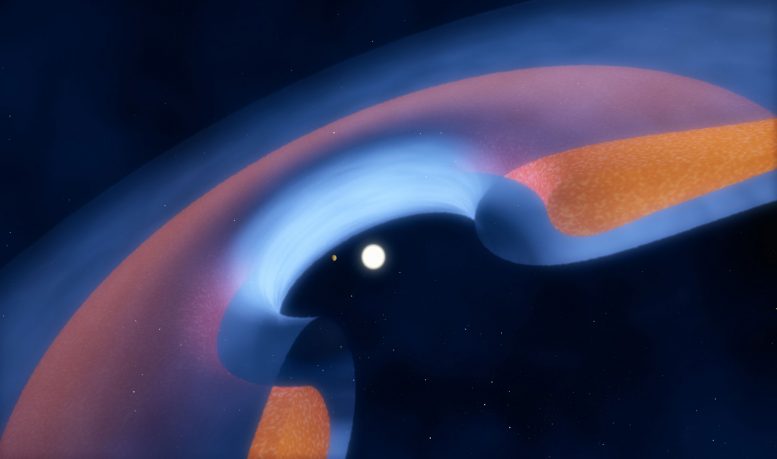
This schematic diagram shows how the dust (brown) and gas (blue) is distributed around the star, and how a young planet is clearing the central gap. Credit: ESO/M. Kornmesser
The new images show that there are significant amounts of gas within the dust gaps. But to the team’s surprise, the gas also possessed a gap, up to three times smaller than that of the dust.
This could only be explained by the scenario in which newly formed massive planets have cleared the gas as they traveled around their orbits, but trapped the dust particles further out.
“Previous observations already hinted at the presence of gas inside the dust gaps,” explains Nienke van der Marel. “But as ALMA can image the material in the entire disc in much greater detail than other facilities, we could rule out the alternative scenario. The deep gap points clearly to the presence of planets with several times the mass of Jupiter, creating these caverns as they sweep through the disc.”
Remarkably, these observations were conducted utilizing just one-tenth of the current resolving power of ALMA, as they were performed whilst half of the array was still under construction on the Chajnantor Plateau in northern Chile.
Further studies are now needed to determine whether more transitional discs also point towards this planet-clearing scenario, although ALMA’s observations have, in the meantime, provided astronomers with valuable new insight into the complex process of planetary formation.
“All the transitional discs studied so far that have large dust cavities also have gas cavities. So, with ALMA, we can now find out where and when giant planets are being born in these discs, and compare these results with planet formation models,” says Ewine van Dishoeck, also of Leiden University and the Max Planck Institute for Extraterrestrial Physics in Garching. “Direct planetary detection is just within reach of current instruments, and the next generation telescopes currently under construction, such as the European Extremely Large Telescope, will be able to go much further. ALMA is pointing out where they will need to look.”
Reference: “Resolved gas cavities in transitional disks inferred from CO isotopologs with ALMA” by N. van der Marel, E. F. van Dishoeck, S. Bruderer, S. M. Andrews, K. M. Pontoppidan, G. J. Herczeg, T. van Kempen and A. Miotello, 16 December 2015, Astronomy & Astrophysics.
DOI: 10.1051/0004-6361/201526988
arXiv:1511.07149

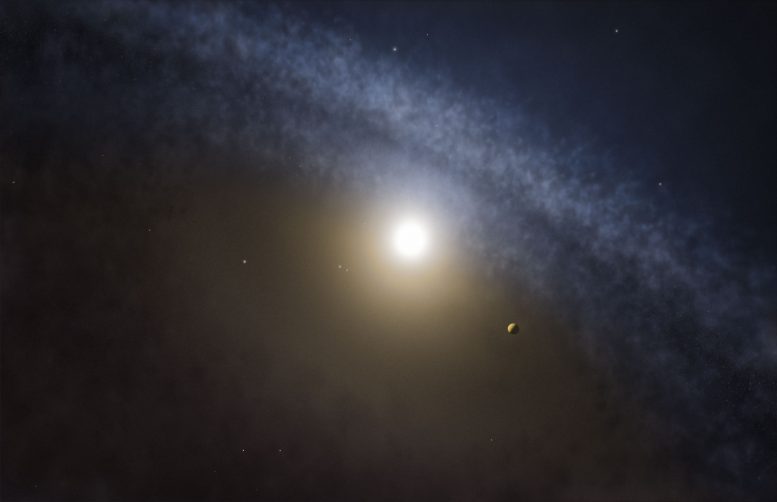





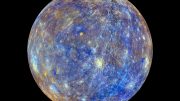
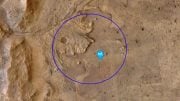
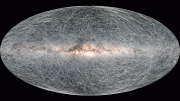
Be the first to comment on "ALMA Reveals New Evidence of Young Planets"